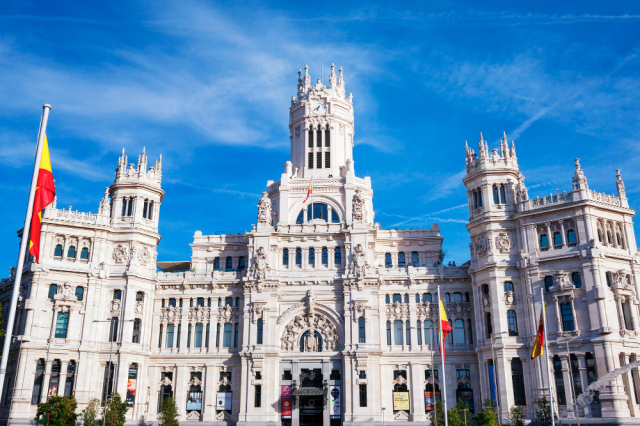Holy Week in Spain is a religious celebration with deep cultural roots and traditions that vary by region. During this holiday, numerous cities dress up to commemorate the Passion, Death, and Resurrection of Jesus Christ. From Seville to Malaga, passing through Toledo and Granada, these destinations offer iconic processions and unique cultural activities. Each location presents a unique experience that combines devotion, history, and cuisine, attracting both locals and tourists.
Holy Week in Spain: An Overview
Holy Week is one of Spain's most iconic holidays, characterized by its deep religious roots and varied customs in each region. During this time, millions of people gather to venerate traditions that have endured throughout history.
Origin and history of Holy Week
Holy Week has its origins in the Middle Ages, when Christian communities began commemorating the Passion, Death, and Resurrection of Jesus Christ. Over the centuries, this holiday transformed into an event celebrated not only in churches but also in the streets, where processions are organized to express popular devotion.
The first documented processions date back to the 16th century, and over time, each city adopted its own customs and rituals. The brotherhoods and fraternities have played a fundamental role in organizing these events, contributing their unique style and symbolism to the celebration.
Key holidays
Holy Week runs from Palm Sunday, which celebrates Jesus' triumphal entry into Jerusalem, to Easter Sunday, which commemorates his resurrection. Highlights include:
- Palm Sunday: Marks the beginning of Holy Week, with blessings of palms and olive trees.
- Maundy Thursday: Commemoration of the Last Supper, where foot-washing rituals are performed.
- Good Friday: It is one of the most solemn days, associated with the passion and crucifixion of Christ, with processions that evoke that moment.
- Easter Sunday: Culmination of the festival, celebrating the resurrection of Jesus with joy and festivity.
Each of these days is vital to understanding the cultural and spiritual richness that unfolds in all the cities and towns of Spain during this commemoration.
Seville: Heart of Holy Week
Seville stands out as one of the most iconic destinations during Holy Week in Spain. The city stands out for its vibrant atmosphere, full of tradition and religious fervor, expressed through its impressive processions.
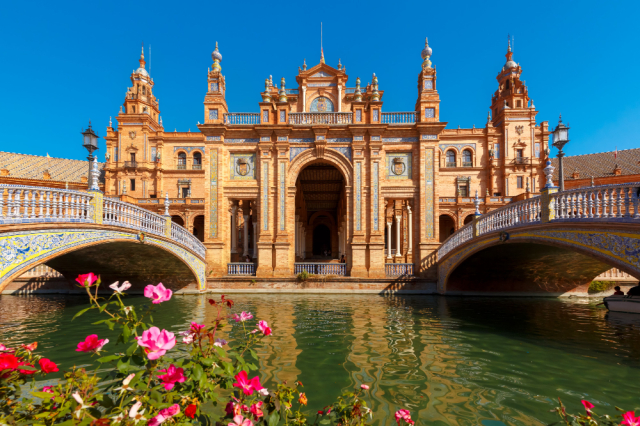
Emblematic processions
The Madrugá
La Madrugá is the most significant and eagerly awaited night of Holy Week in Seville. It is celebrated in the early hours of Good Friday and draws thousands of faithful and curious onlookers. The brotherhoods follow a procession that reflects the deep devotion of their participants. Religious images, adorned with flowers and candles, slowly glide through the cobblestone streets, creating a breathtaking spectacle that evokes centuries of history.
The Great Power
The procession of the Great Power is another of the most notable. Known for its impressive display of Nazarenes, it is characterized by the solemn atmosphere that accompanies it. This route is one of the most anticipated, where the figure of the Lord of the Great Power becomes a symbol of faith and devotion. Crowds throng the streets, creating a scene that blends emotion and spirituality.
Cultural attractions in the city
Royal Alcazar
The Royal Alcázar of Seville is an architectural gem that must be visited. This palace, which combines Mudejar, Gothic, and Renaissance styles, is a World Heritage Site. During Holy Week, its beauty adds to the fascination of tourists, who seek not only to enjoy the processions but also to learn about the city's rich history.
Seville Cathedral
Seville Cathedral, another monumental landmark, offers a unique experience. This imposing structure, which houses the tomb of Christopher Columbus, is known for its magnificent Giralda tower. During Holy Week, the cathedral becomes a place of contemplation for many devotees seeking to connect with their spirituality.
Malaga: Celebration by the sea
Málaga becomes a vibrant place during Holy Week. The combination of its warm climate and deep traditions creates a unique atmosphere that attracts numerous visitors.
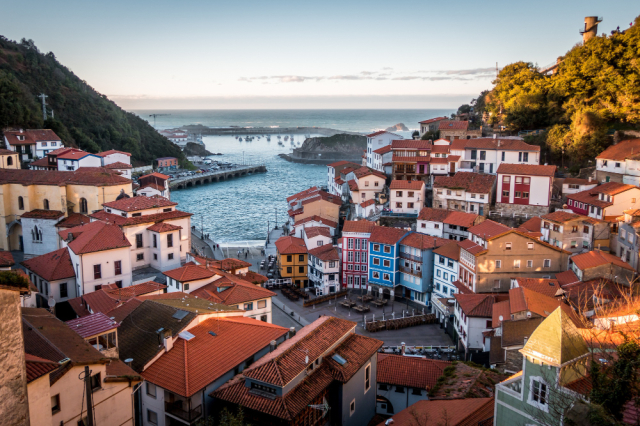
Featured processions
The Pollinica
The Pollinica, celebrated on Palm Sunday, marks the beginning of the festivities. This procession stands out for its color and the emotion it evokes among those who attend. The Nazarenes, wearing traditional robes, accompany the floats depicting scenes from Jesus' triumphal entry into Jerusalem. The elegance of the image and the fervor of the members of the brotherhood create an atmosphere of devotion and solemnity.
Enjoy the historic center
Walk along Calle Larios
Málaga's historic center is an ideal place to enjoy Holy Week. Calle Larios, the main shopping street, is filled with life and activity during this time. Visitors can admire the architecture, buy souvenirs, and enjoy the festive atmosphere. This promenade becomes a meeting point where Málaga's culture and traditions are experienced.
Local gastronomy
Málaga's gastronomy also plays an important role during Holy Week. Typical dishes include the famous sardine skewers, which can be enjoyed at beach bars. The traditional Easter cake, Mona de Pascua, is highly appreciated and enjoyed by families. These flavors enrich the festive experience, offering visitors a deeper connection with the local culture.
Granada: Tradition and beauty
Granada is a city that blends history, culture, and natural beauty. During Holy Week, its traditions are intensified and become a visual highlight.
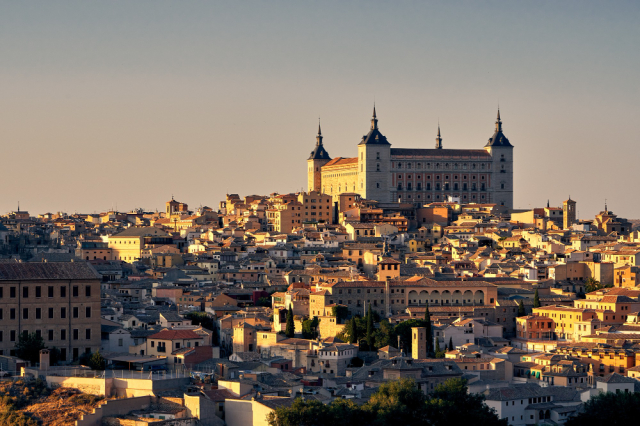
Processions in the surroundings of the Alhambra
The processions in Granada are endowed with a unique character, especially those that take place in the emblematic setting of the Alhambra. The combination of Nasrid architecture and religious festivities creates a magical atmosphere.
Christ of the Gypsies
The procession of Christ of the Gypsies is one of the most anticipated moments of Granada's Holy Week. This moving celebration takes place on Holy Thursday and is known for its fusion of music and devotion. Renowned for their fervor, participants parade through the streets of Sacromonte, creating a unique atmosphere that resonates with the city's Gypsy culture.
Main cultural visits
Granada boasts a variety of cultural sites worth exploring during this holiday season. The richness of its history and architecture is evident in its iconic monuments and neighborhoods.
Albaicín
The Albaicín, Granada's former Arab quarter, offers narrow, steep streets that lead to viewpoints with stunning views of the Alhambra. Strolling through its narrow streets is like immersing yourself in an experience steeped in history and charm.
Tour of the Alhambra
The Alhambra is undoubtedly the city's main attraction. This impressive palace and fortress is a World Heritage Site. During Holy Week, its beauty is enhanced by the festive atmosphere. It's recommended to spend several hours exploring its rich historical and architectural heritage.
Toledo: History and devotion
Toledo, a city rich in history and culture, comes alive during Holy Week. Its nighttime processions reflect the devotion of its inhabitants.
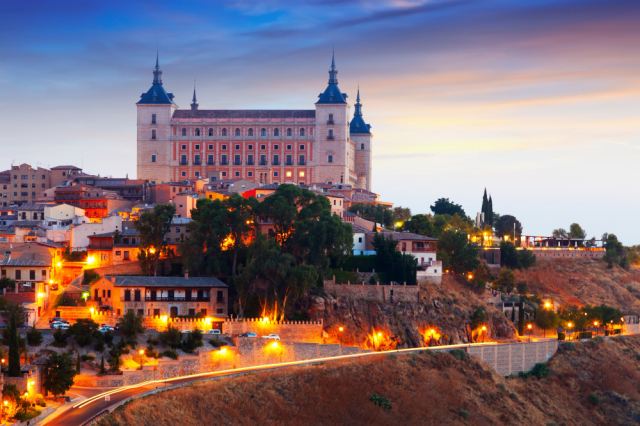
Night processions
Holy Week in Toledo includes a series of processions that take place mainly at night. These celebrations offer a mystical atmosphere, where candlelight illuminates the cobblestone streets, creating a unique atmosphere. The floats, which represent different moments of the Passion, are carried with great solemnity by the members of the brotherhood.
Sites of historical interest
The city is not only famous for its processions but also for its impressive historical heritage. Its main attractions include:
Toledo Cathedral
Considered one of the most beautiful cathedrals in Spain, Toledo Cathedral is an icon of Gothic architecture. Its impressive façade and richly decorated interior make it a must-see during Holy Week. Inside, you can find numerous works of art and details that tell the city's religious history.
Alcázar of Toledo
The Alcázar, a fortress of Roman origin, has witnessed many historical events. Today, it houses the Army Museum, where you can see exhibitions on Spain's military history. Its privileged location offers panoramic views of the city, making it an ideal place to understand the connection between Toledo's history and Holy Week.
Cáceres: Medievalism during Holy Week
Holy Week in Cáceres stands out for its fusion of religious tradition and impressive medieval heritage. The city offers a unique atmosphere that attracts both devotees and tourists interested in history and architecture.
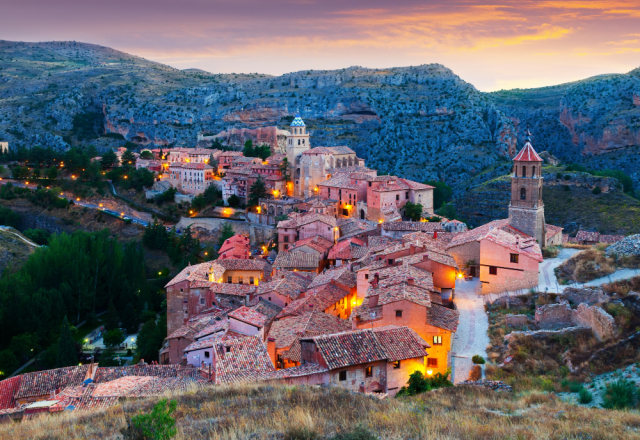
Processions of International Tourist Interest
The Holy Week processions in Cáceres are nationally recognized for their solemn nature and the high cultural value they represent. The intensity of these religious events has led to their being declared of International Tourist Interest. The city's brotherhoods prepare throughout the year to represent significant moments of the Passion of Christ.
Walks through the historic center
Tourists visiting Cáceres during this festival not only enjoy the processions, but also an old town that blends history and medieval aesthetics. Strolling through its cobblestone streets is an enriching experience imbued with magic and charm.
Plaza Mayor
The Plaza Mayor is one of the city's focal points. During Holy Week, this place comes alive with activities and events that complement the processions. The views from this square are spectacular, and it's an ideal place to enjoy the festive atmosphere, surrounded by the impressive architecture that characterizes Cáceres.
Bujaco Tower
The Bujaco Tower, another of the city's icons, highlights Cáceres' medieval history. This monument offers an extraordinary view of the processions and the historic surroundings. It is an emblematic place that allows visitors to admire the uniqueness of Holy Week in a context steeped in history.
Salamanca: University devotion
Salamanca stands out for its rich cultural tradition and deep devotion during Holy Week, where history and religion intertwine in its streets. This iconic city attracts visitors seeking an authentic experience, especially for its famous university.
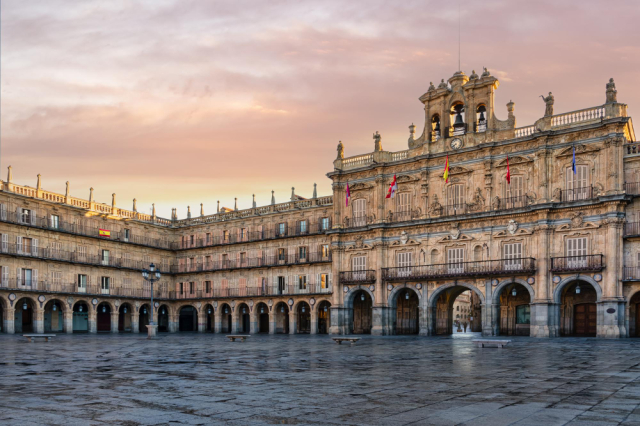
Most important religious celebrations
Holy Week in Salamanca is a significant time for its residents, who prepare alongside the various brotherhoods for the most emblematic processions. Celebrations include:
- The Holy Thursday procession, which is well attended by the public.
- The Good Friday procession, where an atmosphere of solemnity is felt.
These events are accompanied by processional marches that fill the city with sacred music, creating a unique atmosphere of reflection and devotion.
What to see in the city
Salamanca is not only known for its Holy Week, but also for its impressive historical heritage. Highlights to visit include:
University of Salamanca
Considered the oldest university in Spain, it is a symbol of knowledge and culture. Its impressive Plateresque façade attracts thousands of visitors. Furthermore, the university atmosphere during this time adds a special touch to the festivities.
The lucky frog
This famous symbol is found on the university's façade. Visitors often seek it out as part of a tradition that promises good fortune to those who find it. The image of the frog has become an emblematic symbol of Salamanca.
Murcia: Tradition and solemnity
Holy Week in Murcia is known for its deep traditions and the solemnity with which its processions are celebrated. This region offers a unique experience, where devotion and cultural heritage intertwine in an exceptional way.
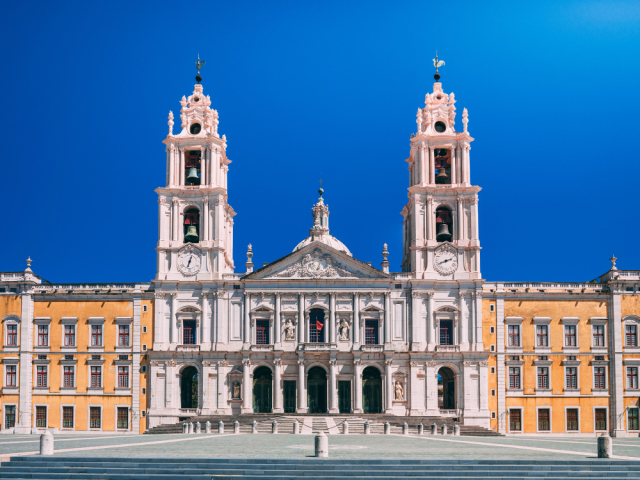
Unique processions
The processions in Murcia are known for their distinctive character and the active participation of its residents. During this festival, key moments from the Passion of Christ are reenacted by numerous brotherhoods that parade through the city streets.
Silent processions
One of the most striking features of Murcia's Holy Week is the silent processions. These ceremonies take place mainly at night, creating an atmosphere of introspection and reverence. The streets are filled with Nazarenes who parade in silence, conveying a profound emotional charge. This silence is a reflection of the devotion the population feels toward this centuries-old tradition.
Featured places to visit
In Murcia, there are iconic places that enrich the Holy Week experience. Its squares and historic monuments become perfect settings to enjoy everything this festivity has to offer.
Flower Square
One of the city's most vibrant spots is the Plaza de las Flores, famous for its beauty and as a meeting place. During Holy Week, this square comes alive with activities and local cuisine, where you can sample typical dishes in a festive atmosphere. The square is ideal for appreciating the authenticity of Murcian traditions.
Lorca: Spectacular Biblical Parades
Lorca is renowned for its Holy Week, which is distinguished by its impressive biblical parades, combining religious fervor and artistic expression. These events have been declared Festivals of International Tourist Interest, attracting numerous visitors each year.
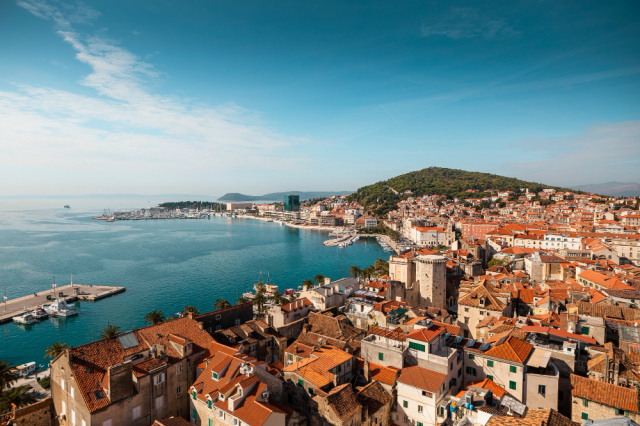
Parades of International Tourist Interest
Lorca's parades are authentic cultural events that blend tradition and creativity. The processions are characterized by the representation of biblical scenes through impressive floats, carried by the "ikhulu," who are responsible for carrying these works of art in the parades.
- The procession of the Christ of the Blood, one of the most notable, takes place on Holy Thursday and features a solemn musical atmosphere.
- The Procession of the Virgin of Solitude is equally well-known, where the image is accompanied by a fervent procession of mantillas and candles.
- The colorful and allegorical performances include actors playing characters from the Passion, enriching the visual and emotional experience.
Family activities
Holy Week in Lorca isn't just about processions. There are also various activities for families to enjoy.
- Craft workshops are organized for children, where they can learn about the importance of Holy Week and participate in creating their own decorations.
- Visitors can attend theatrical performances in the city squares, which interact with the audience and make everyone feel part of the celebration.
- The city's food fairs offer a chance to sample typical regional dishes, creating a festive, family-friendly atmosphere.
Castile and León: Cultural diversity during Holy Week
Castile and León is known for its rich cultural diversity and deep-rooted traditions, offering a unique Holy Week. The celebrations in this autonomous community are renowned for their solemnity and devotion, attracting thousands of visitors each year.
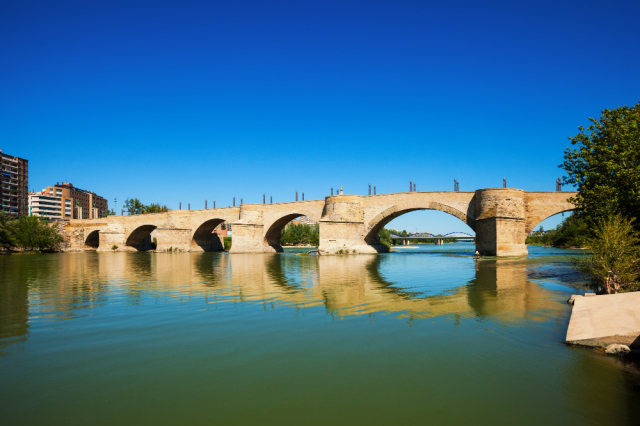
Valladolid: Solemnity and tradition
Valladolid is one of the cities where Holy Week is celebrated with intense devotion. The processions that pass through its streets are characterized by their solemnity and impressive aesthetics, leaving a lasting impression on those who witness them.
Sermon of the Seven Words
One of the most significant events is the Sermon of the Seven Words, which takes place on Good Friday. This time-honored ceremony brings together a large crowd in the Plaza Mayor, where a thoughtful message is shared recalling Christ's final moments. The solemnity and reverent atmosphere make this sermon a highlight of the celebration.
National Museum of Sculpture
The National Sculpture Museum is another essential place to visit in Valladolid during this holiday. This museum houses an exceptional collection of sculptures and religious works of art. A visit complements the Holy Week experience, allowing you to appreciate the artistic wealth that accompanies the city's religious traditions.
Holy Week in León and Zamora
The celebrations in León and Zamora are equally outstanding, each with its own unique style and cultural depth. In León, the processions are characterized by the use of elaborate floats and the participation of numerous brotherhoods, while in Zamora, nighttime parades lend the festivities a mystical atmosphere.
- León: Holy Week in León is famous for its brotherhoods, which carry impressive sculptures in processions that emphasize the depth of sacrifice. The city streets become a stage for highly emotional experiences.
- Zamora: It is known for its nighttime processions, where candlelight and the sound of drums create a unique atmosphere. The devotion of its inhabitants, along with its historical heritage, enriches the Holy Week experience.
Valencia: Between tradition and beach
Valencia presents itself as a unique destination where the religious traditions of Holy Week combine with the beauty of its beaches, creating a dynamic and vibrant atmosphere.

Feast of Holy Week in the Sea
Holy Week in the Sea is one of Valencia's most important festivals, celebrated in the Cabañal neighborhood. This festival is notable for its seafaring character and colorful processions that wind through the streets near the sea. Local brotherhoods present elaborate floats, full of symbolism, followed by hundreds of devotees and onlookers.
The images of the Virgin Mary and Jesus are particularly prominent, carried out in a festive atmosphere, where music and traditional costumes add a special touch to the celebrations. The rituals are a tangible demonstration of the Valencian faith, and their devotion is reflected in every step of the procession.
Plans by the sea
Visitors to Valencia during Holy Week have multiple opportunities to enjoy its coastal surroundings and various outdoor activities.
Beaches of the Costa Blanca
The spectacular beaches of the Costa Blanca are an undeniable attraction. During this holiday, travelers can enjoy relaxing moments soaking up the sun. The beaches of Malvarrosa and Las Arenas are ideal for strolling or simply enjoying the scenery.
Delicious local cuisine
Valencia's gastronomy is another attraction that complements any visit. You can sample typical dishes like the famous paella, made with authentic local ingredients. Bakeries offer sweet treats in honor of the Holy Week festival, such as the "mona de Pascua," which comes in many varieties and is a delight for those with a sweet tooth.
Cuenca: Processions and unique landscapes
Cuenca is a city that dazzles with its natural beauty and cultural richness, especially during Holy Week. The processions and scenery it offers create a memorable experience for those who visit during this time of year.
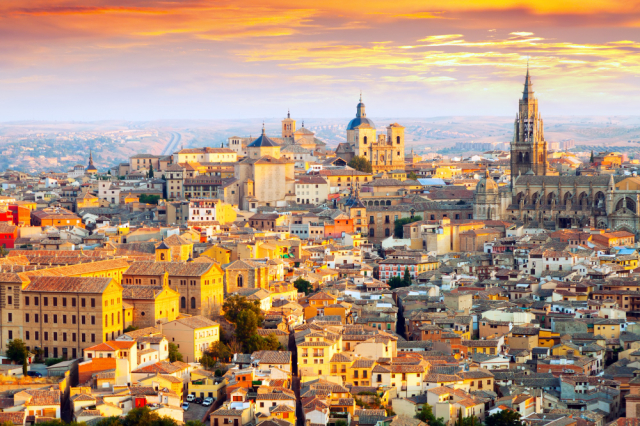
Hanging Houses and processions
The Hanging Houses are an emblematic symbol of Cuenca, famous for their gravity-defying architecture. During Holy Week, these impressive buildings become a beautiful backdrop for the processions that wind through the city streets. Local brotherhoods parade with their floats, depicting scenes from the Passion of Christ. The ceremonies are intense and emotional, highlighting the blend of tradition and devotion that characterizes this festival.
Rich historical heritage
Cuenca's historical heritage is another of its major attractions. The city, declared a UNESCO World Heritage Site, offers a unique immersion in history. During Holy Week, visitors can explore several sites of interest, such as:
Cuenca Cathedral
St. Paul's Bridge
Canary Islands: Traditions in a heavenly setting
The Canary Islands offer a unique Holy Week, where the natural beauty of its landscapes blends with deep-rooted religious traditions. In this region, the festivities are celebrated with intensity and originality, turning each island into an exceptional setting during this time of year.
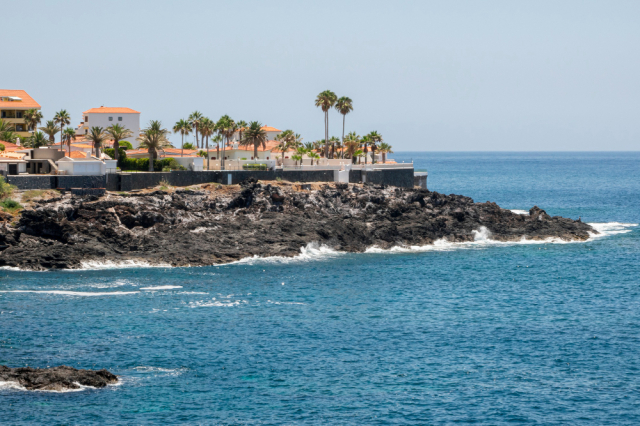
Holy Week in Santa Cruz de Tenerife
Santa Cruz de Tenerife is known for its impressive processions, which reflect the deep devotion of its inhabitants. The city is filled with color and spirituality, where the streets become a passageway of fervor and tradition.
- Most notable processions: The Holy Burial Procession is one of the most notable, with its route bringing together hundreds of faithful and tourists, showcasing the city's rich imagery and religious fervor.
- Rhythms and music: Holy Week in Tenerife also includes musical touches that liven up the atmosphere, making each procession a lively event.
Teide National Park
Teide National Park, a stunning natural setting, complements the Holy Week experience in the Canary Islands. Its volcanic landscape and imposing peak, the highest in Spain, provide a spectacular contrast to the religious traditions.
- Hiking and excursions: During this time, it's common for visitors to hike through the park, enjoying the region's unique flora and fauna.
- Viewpoints: The viewpoints in Teide Park offer panoramic views that invite contemplation, allowing the spirituality of Holy Week to resonate in this natural setting.
Basque Country: Cultural Holy Week
Holy Week in the Basque Country offers a rich and unique cultural experience. The traditions embody a profound sense of devotion, marked by the solemnity and aesthetics of its processions.
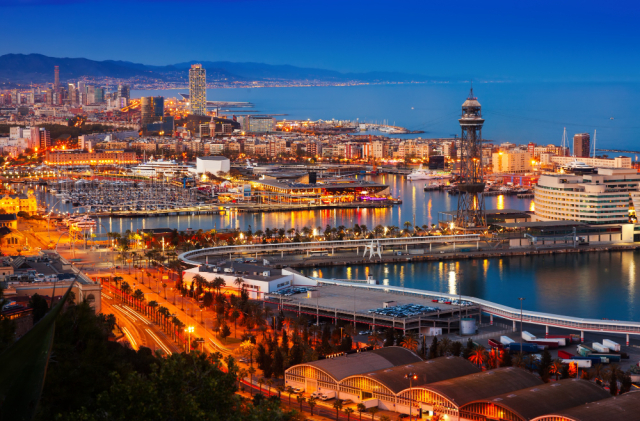
Processions in Bilbao
In Bilbao, the processions have a unique character that distinguishes them from other regions. Although they aren't as crowded as in other Spanish cities, their essence is equally moving. The participating brotherhoods prepare throughout the year to display their fervor and devotion.
Cultural attractions
Guggenheim Museum
One of Bilbao's main cultural attractions is the Guggenheim Museum. This iconic building, designed by Frank Gehry, is not only a center for contemporary art but also an architectural icon. During Holy Week, the museum offers exhibitions highlighting the work of both local and international artists, blending tradition and modernity.
The area surrounding the museum becomes a meeting point for visitors, where art and culture intertwine with the religious festivities of Holy Week.
